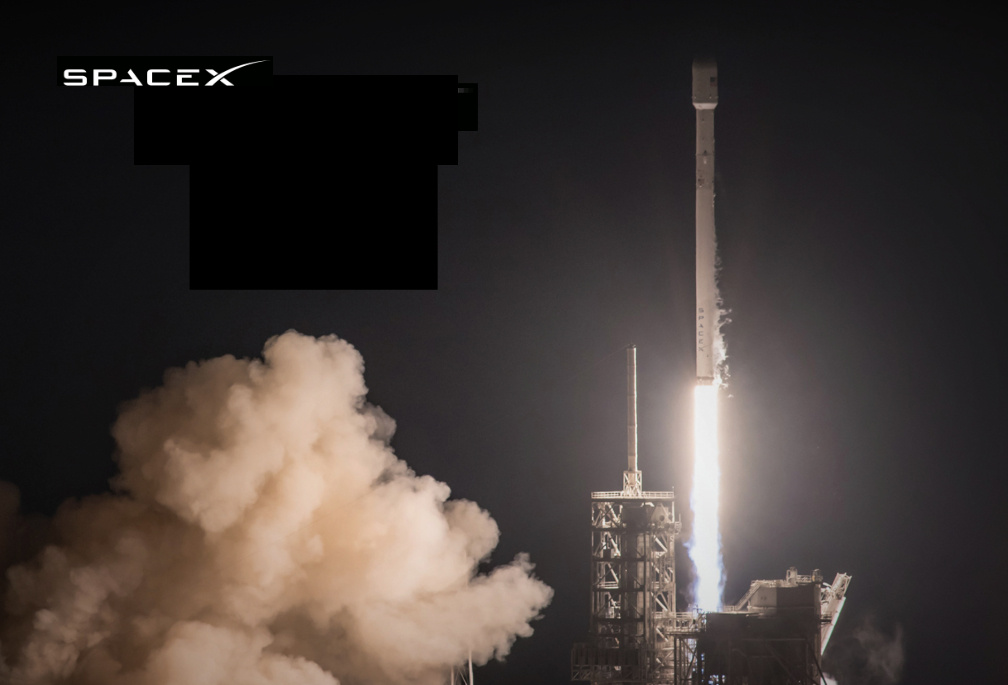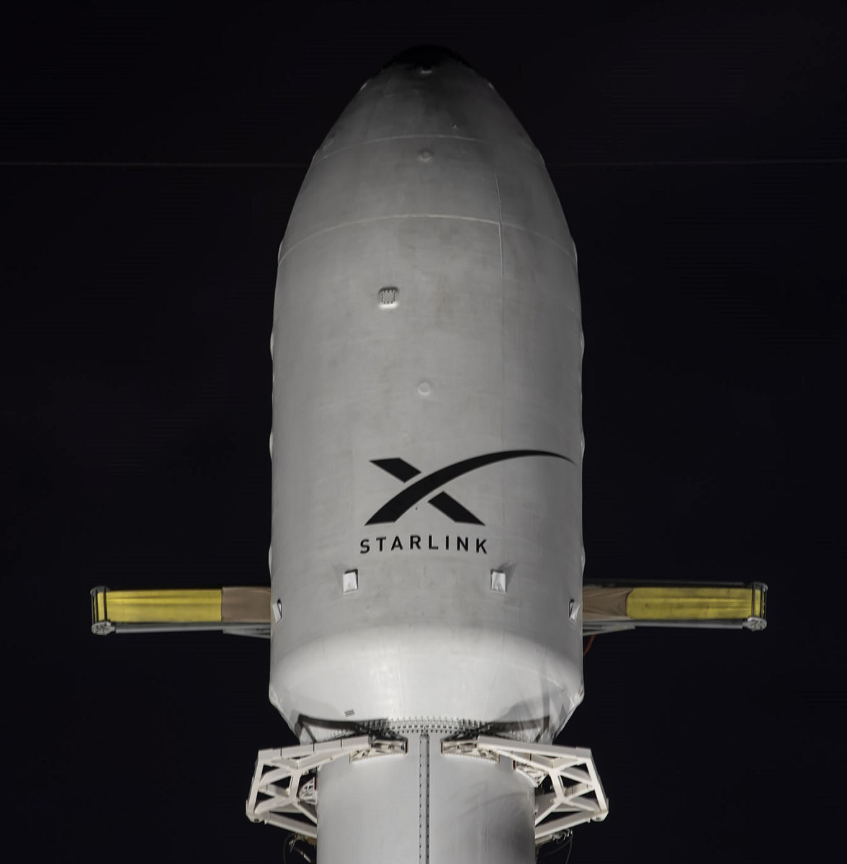
SpaceX will launch 52 Starlink satellites the weekend of May 15th. The normal batch of 60 is being amended as SpaceX has a couple of paying guest craft on board for the launch. This will be Launch 27 for Starlink and is due at 6:58 p.m. local time (22.58 GMT) from the Kennedy Space Center. Gwynne Shotwell, SpaceX’s president and COO, is on record as saying that after about 28 launches the company would have continuous coverage globally.

Starlink has also confirmed that it is now taking orders from clients in France. Spain is also targeted with Starlink having registered a Madrid-based operation with Spain’s National Securities Market Commission (CNMC).
Sources suggest that Elon Musk’s broadband-by-satellite service is anticipating one million European users in Europe this year.


On a OneWeb note, Japanese media conglomerate SoftBank and satellite broadband provider OneWeb have announced an agreement for “mutual cooperation to promote OneWeb’s satellite communication services in the global and Japan markets. SoftBank and OneWeb will promote satellite communication services via the combination of OneWeb services and SoftBank’s services, including advanced communication and Digital Transformation platform services.”
A joint statement added, “SoftBank and OneWeb will collaborate in market development for Japan and global markets, and jointly engage in technical and product development to enhance their competitiveness in these markets. This collaboration encompasses obtaining regulatory approvals and the setting up of ground stations in Japan. To deliver Internet connectivity worldwide, and to digitalize and revolutionize analogue industries, SoftBank aims to provide advanced seamless connectivity services and DX platform services by using global connectivity solutions that incorporate OneWeb’s services.”
SoftBank is an investor in OneWeb along with the UK government, Bharti Global of India, Hughes Network Systems and more recently Eutelsat.

Google Cloud and SpaceX have announced a new partnership to deliver data, cloud services and applications to customers at the network edge, leveraging Starlink’s ability to provide high-speed broadband internet around the world and Google Cloud’s infrastructure.
Under this partnership, SpaceX will begin to locate Starlink ground stations within Google data center properties, enabling the secure, low-latency and reliable delivery of data from more than 1,500 Starlink satellites launched to orbit to-date to locations at the network edge via Google Cloud. Google Cloud’s high-capacity private network will support the delivery of Starlink’s global satellite internet service, bringing businesses and consumers seamless connectivity to the cloud and Internet, and enabling the delivery of critical enterprise applications to virtually any location.
Organizations with broad footprints, such as public sector agencies, businesses with presences at the network edge, or those operating in rural or remote areas, often require access to applications running in the cloud, or to cloud services like analytics, artificial intelligence, or machine learning. Connectivity from Starlink’s constellation of LEO satellites provides a path for these organisations to deliver data and applications to teams distributed across countries and continents, quickly and securely.
“Applications and services running in the cloud can be transformative for organizations, whether they’re operating in a highly networked or remote environment,” said Urs Hölzle, Senior Vice President, Infrastructure at Google Cloud. “We are delighted to partner with SpaceX to ensure that organizations with distributed footprints have seamless, secure, and fast access to the critical applications and services they need to keep their teams up and running.”
“Combining Starlink’s high-speed, low-latency broadband with Google’s infrastructure and capabilities provides global organizations with the secure and fast connection that modern organisations expect,” said SpaceX President and Chief Operating Officer Gwynne Shotwell. “We are proud to work with Google to deliver this access to businesses, public sector organisations, and many other groups operating around the world.”
This new capability is expected to be available in the second half of 2021.

